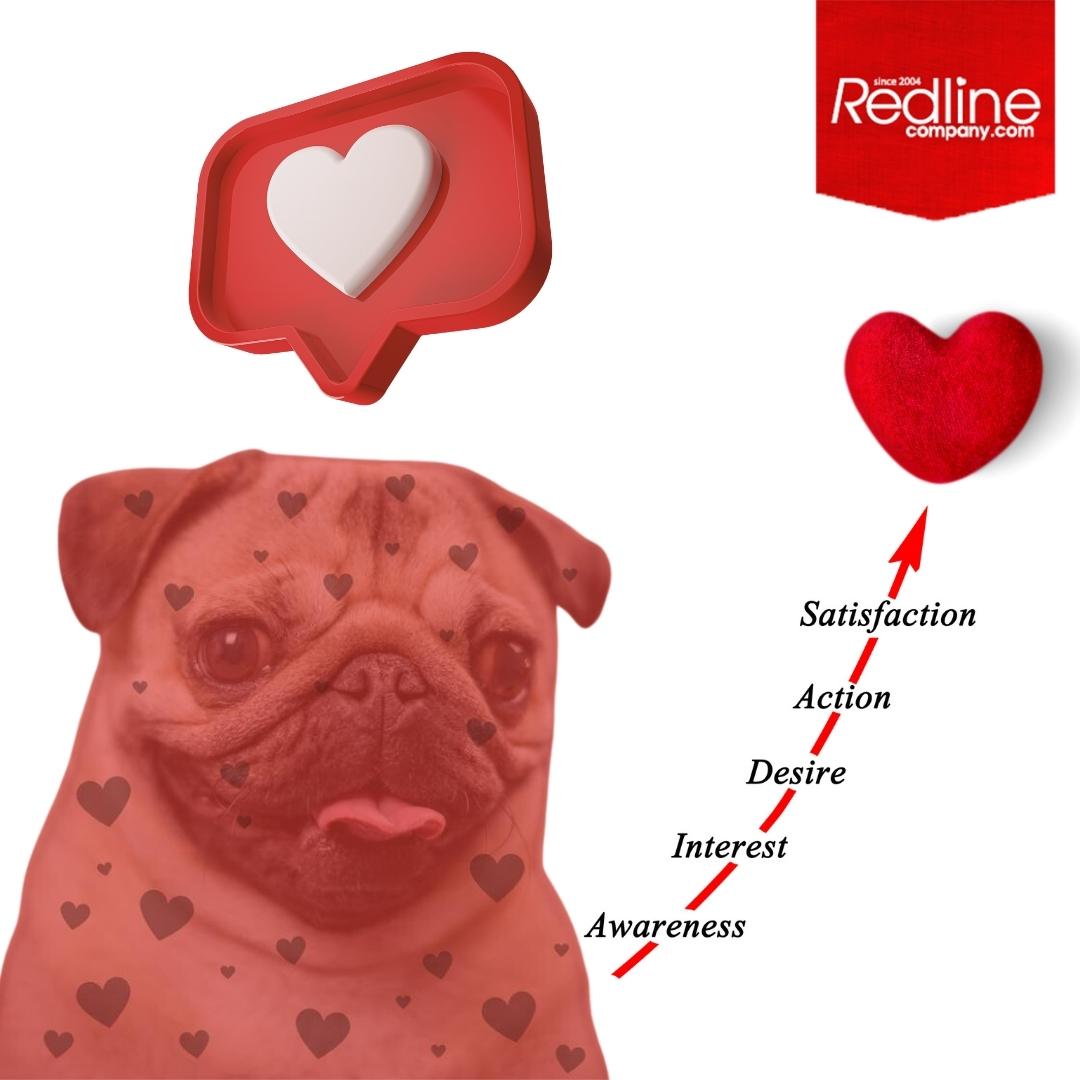Should acquiring new customers (leads) be the only marketing goal? Should potential new customers be the primary focus or should equal attention be paid towards customer retention? If you ever asked yourself these questions, it is important to first understand the relevant difference between customer acquisition and customer retention.
Customer acquisition vs retention
Customer acquisition is the process of attracting and bringing new customers into your business while customer retention is the process of retaining existing customers on a long-term basis, keeping them active and satisfied.
Both are important for growth and sustainability, but for most brands, customer acquisition seems to be the primary goal. According to research quoted on Peertopeermarketing, 44% of businesses focus on acquisition as opposed to only 18% that focus on retention. So, in this article, we’ll explain why existing customers are also worthy of your attention and provide some tips on how to retain them.
Nurturing clients = looking after your investment
The process of generating leads which subsequently become customers can be a time-consuming and costly process. Research has shown that acquiring a new customer can cost five to seven times more than retaining an existent one. Therefore, having invested so much time and money in gaining new clients, it makes sense to look after your investment by nurturing these clients.
There aren’t as many barriers to closing a sale when marketing to existing customers. They are already familiar with, like and trust your brand, which means they will spend more money on your products or services. Nurturing these customers is a no-brainer, it is much less expensive to cultivate repeat business than acquiring new customers, as you don’t have to start from scratch to convince them to place their trust in your product or service.
Communication and engagement
Once you appreciate the importance of retaining your current clients, the next step is to establish a strategy for generating customer loyalty via communication and engagement. Customer communication and interaction are fundamental to building a long-lasting relationship or affinity with the brand.
Regular cohesive marketing activity can reinforce your brand values and show that you care about your customers. Customer loyalty grows when they feel a connection and can build a relationship with the company.
Engaging content
There are many marketing channels that can be used to convey your message to your customers, from websites to newsletters, blogs, digital advertising and social media. One of the most effective methods of engaging is via social media. An active profile on relevant social media platforms can help you connect with your customers and allows genuine interaction with them.
Of course, once you have a profile it is important to create valuable and appealing content that will be of interest to and encourage your customers to engage. When we speak of content, this can be anything from short social media posts, to in-depth articles and blogs and visuals.
Personalised communication
If the communication across touchpoints is relevant and useful to your customers, it will help them feel that your company cares about their needs. For example, when sending a newsletter, make sure the content is personalised and show that you understand their needs and issues within the content. To really understand your clients your need data. Systematic gathering, recording and analysis of quantitative and qualitative data is key.
Communicate the benefits the brand delivers
In today’s highly competitive marketplace, customer loyalty can be won by making sure customers recognise your products’ strengths and appreciate the features that differentiate your company (or the product) from your competitors’ products. The key is to keep the lines of communication open between the company and the customers, so that they are constantly reminded that they are valued customers and the benefits of using your product or service.
Feedback system
One of the most important elements of a customer retention strategy is to implement a feedback system which will reassure customers that you really care about their levels of satisfaction. The aim is to collect and analyse your customers’ reviews and comments because if you are not aware of any issues or complaints you will not be able to address them.
A quick response, for example, shows your dedication and channels like social media enable you to have real time conversations. Don’t forget, customer satisfaction leads to customer loyalty which leads to profitability.
If you would like to find out more about how to attract more leads and how to convert them into long-term loyal clients or would like information about our marketing packages, contact [email protected].






